Sarah Waybright founded WhyFoodWorks as a way to show others how it’s possible to eat healthy “without sacrificing taste or [spending] hours in the kitchen.” Her own diet is built around produce and protein, and you’ll never catch her munching diet foods or gulping down energy drinks. When she’s not hosting her interactive dinner parties, you’ll find her unwinding at yoga class, running, hiking, or savoring her daily piece of chocolate.
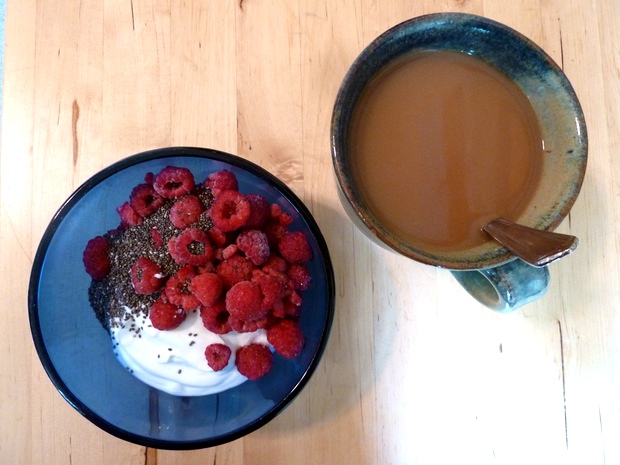
Breakfast: Coffee with whole milk and a teaspoon of sugar, a cup of plain Greek yogurt, raspberries, and chia seeds. “It fits my 5 Rules for a Healthy Breakfast with the fewest ingredients and least effort possible!”

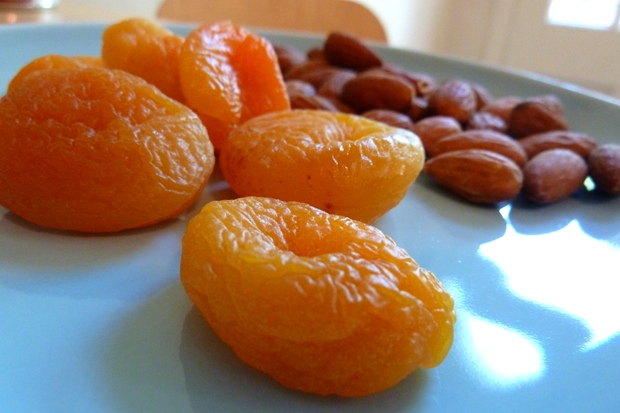
Morning snack: “A handful of almonds and six to seven dried apricots are the perfect snack: portable, desk- and purse-friendly, and with a good amount of protein and fiber to take the edge off hunger. I make sure there’s a fruit or vegetable every time I eat a meal or snack—it would be impossible to get to my goal of seven to nine [servings] a day otherwise!”
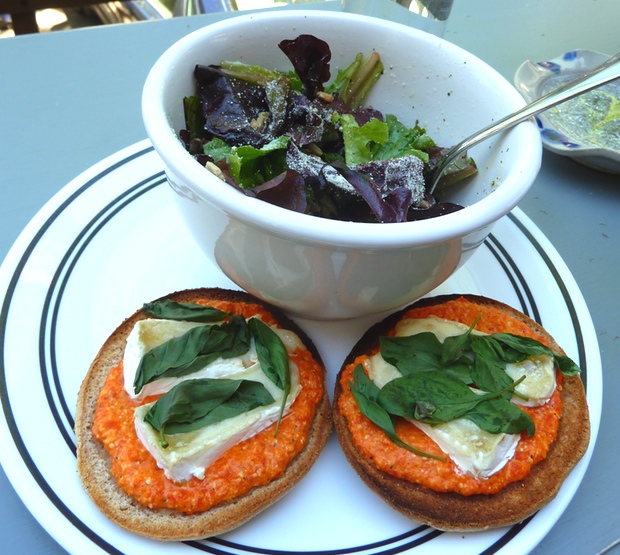
Lunch: “I started with mixed salad greens with sunflower seeds, dressed in lemon juice, vinegar, garlic powder, and olive oil. Then a toasted 100 percent whole-wheat sandwich thin with red pepper and feta spread and a few slices of Brie. This was delicious, and all leftover odds and ends from dinners over the weekend.”
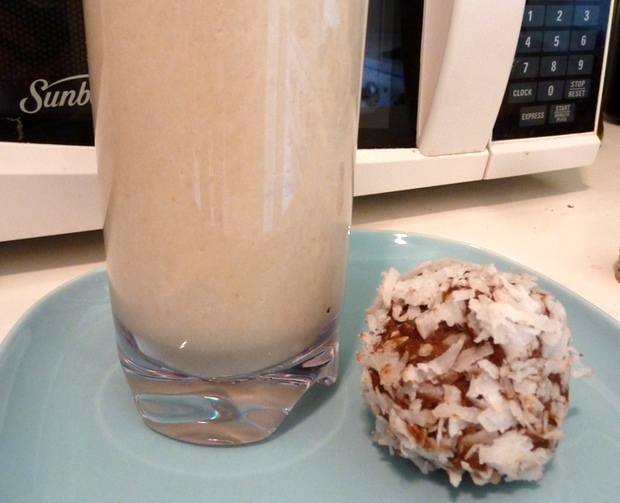
Afternoon snack: “This was right after my workout, a HIIT (high-intensity interval training) Turbofire DVD with lots of jumps and leaps that really gets the job done in just a few square feet of your living room. I always have some sort of recovery shake within 30 minutes of exercise, because that’s when muscles are most receptive to nutrients that will help them repair and grow. My go-to is a cup of milk, a banana, and a few tablespoons of PB2 (dehydrated peanut butter). It’s the perfect ratio of carbs and protein! I added a coconut chocolate chickpea bite that I made as a supplemental grab-and-go recovery snack because I’m concentrating on building muscle.”
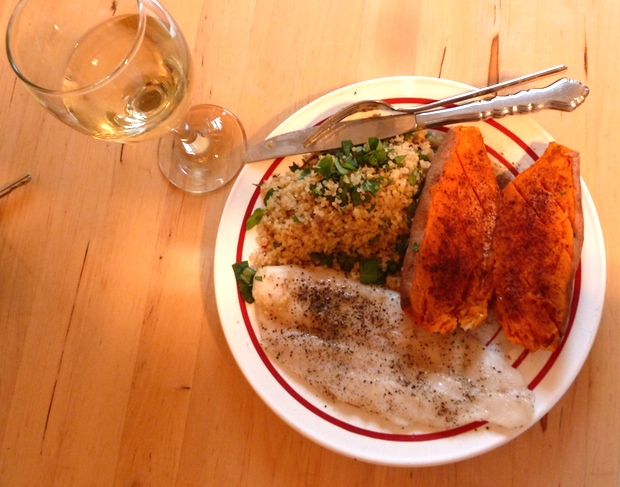
Dinner: Broiled swai (a white fish), a baked sweet potato with some butter and cinnamon, and quinoa with basil. “I get the swai frozen and individually packaged; it defrosts in water in a few minutes, and cooks up in less than ten. The ‘baked’ potato took eight minutes in the microwave! I try to have a glass of wine every night—that kind of consumption is healthy and can help lower blood pressure.”
Post-dinner snack (not pictured): “I went over to a friend’s place to catch up, and she was just about to make herself a smoothie. She put in spinach, berries, yogurt, and coconut milk, explaining that she used to do fruit and a salad for dinner but it’s easier and faster to throw everything into a blender. Fruit/vegetable servings six and seven for me.”
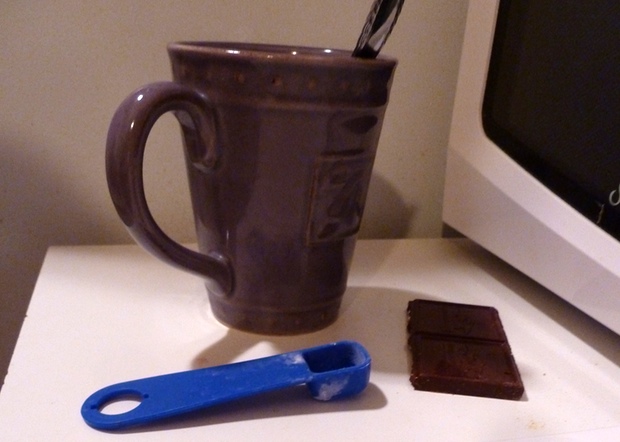
Nightcap: “I wasn’t done with recipe testing for the day, so I made a batch of scones late when I got back. A cup of tea and a few squares of dark chocolate were my ‘nightcap’ for the day while I baked!”
You Might Also Like:
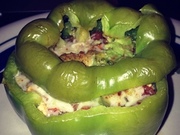
How Nike Personal Trainer Chris Perrin Eats |

How an Ironman Eats |
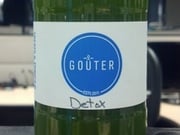
How TV Anchor Jummy Olabanji Eats |
Are you a local health, fitness, or nutrition expert with a love for food? E-mail wellbeing@washingtonian.com to find out how you could be featured in our Food Diaries series.


















